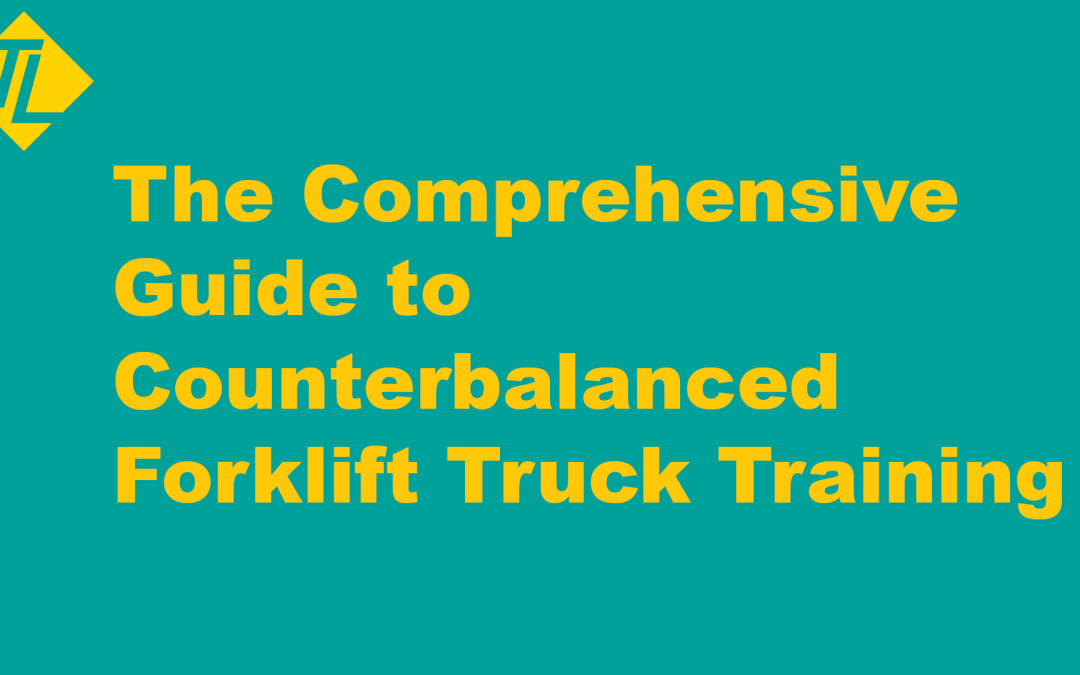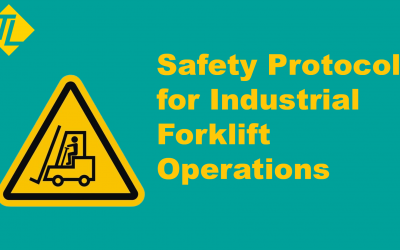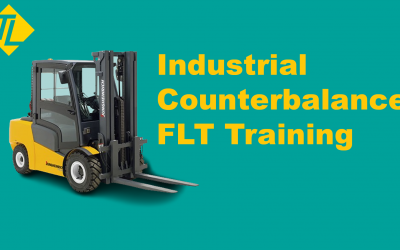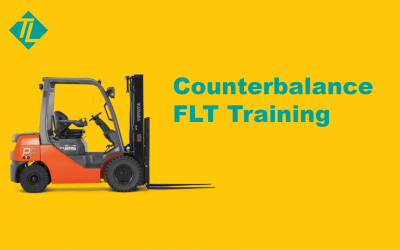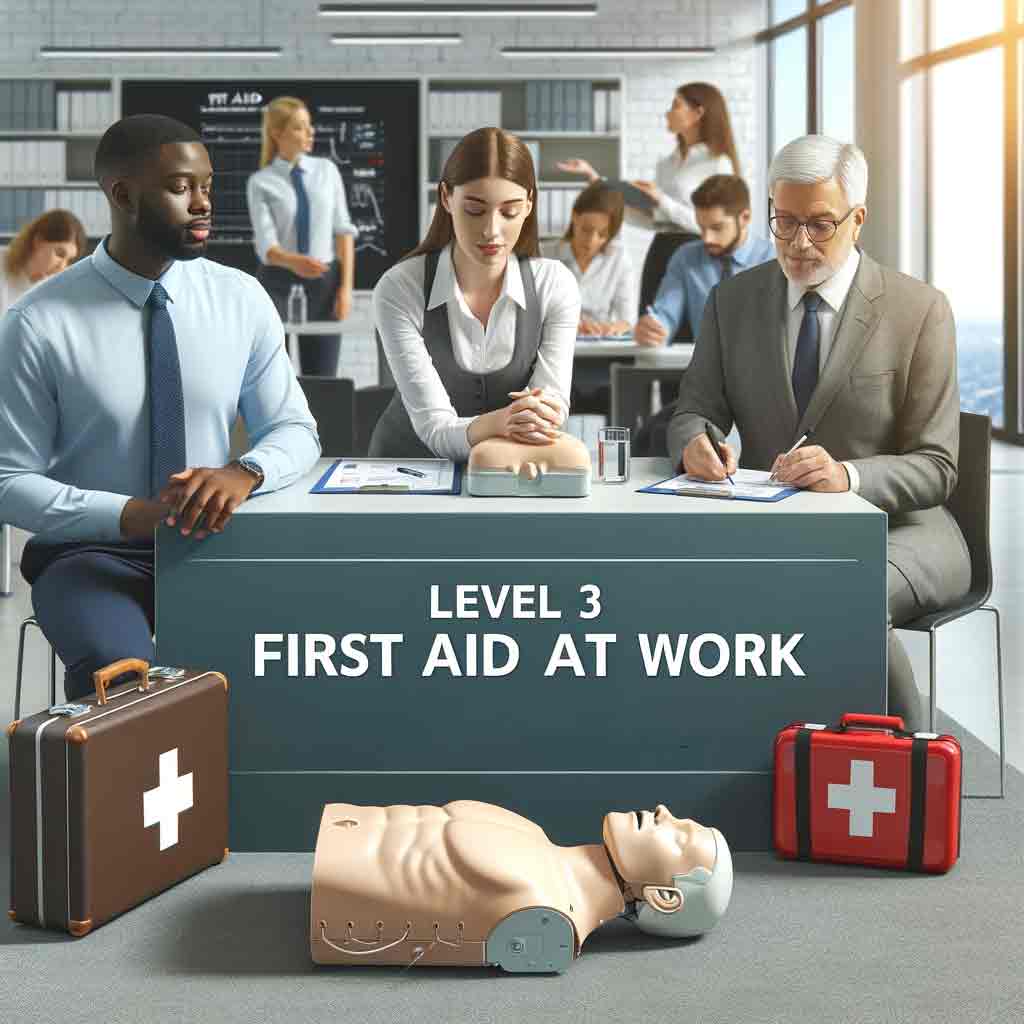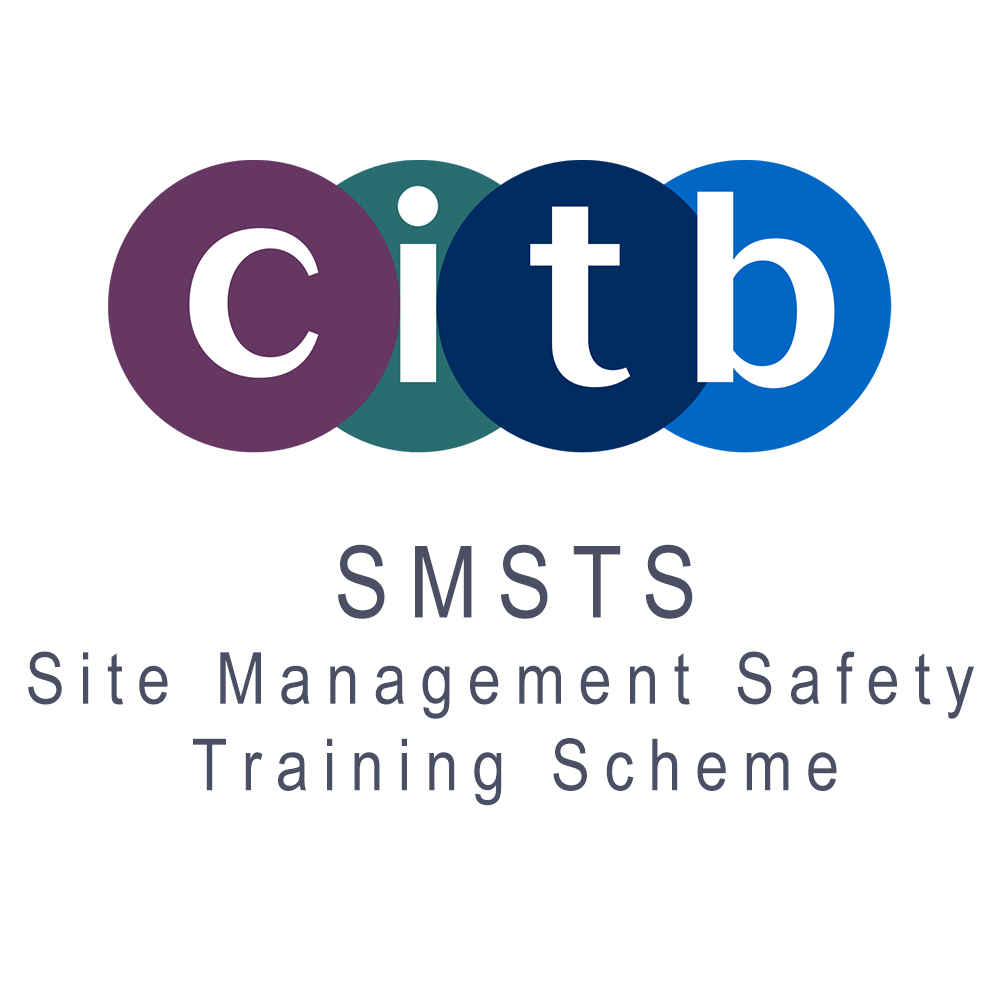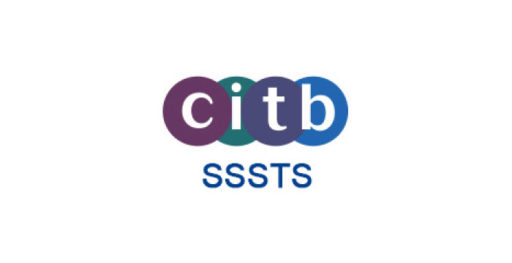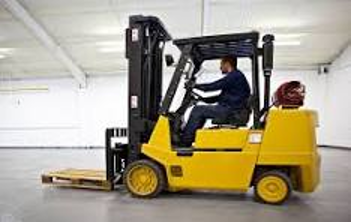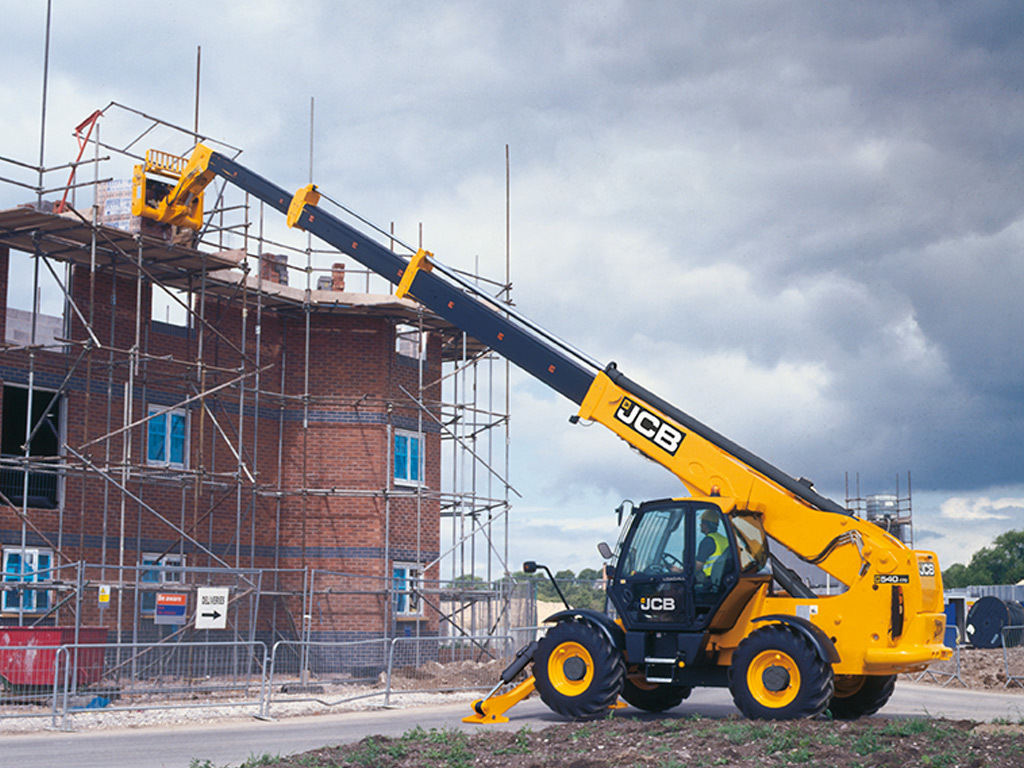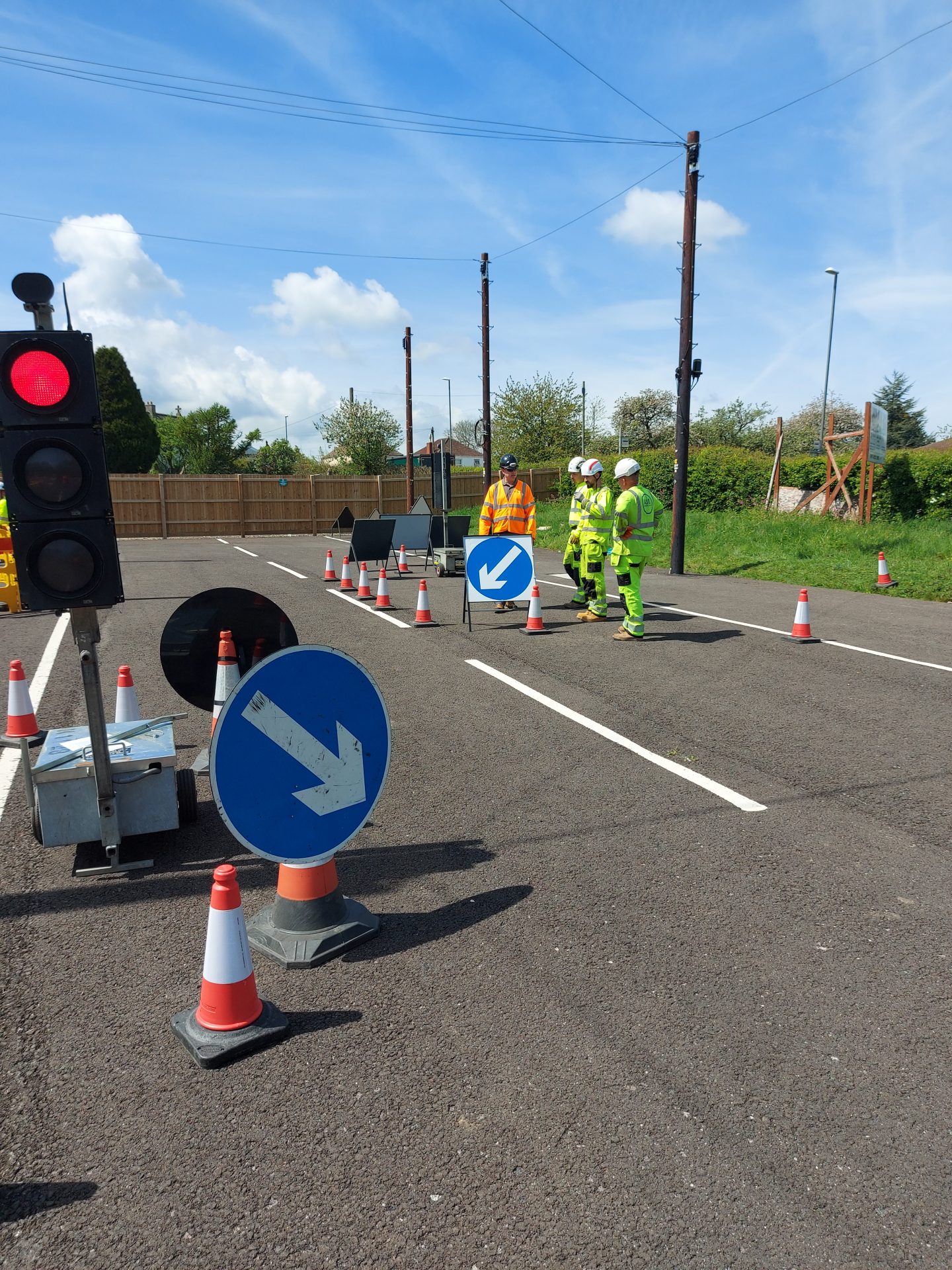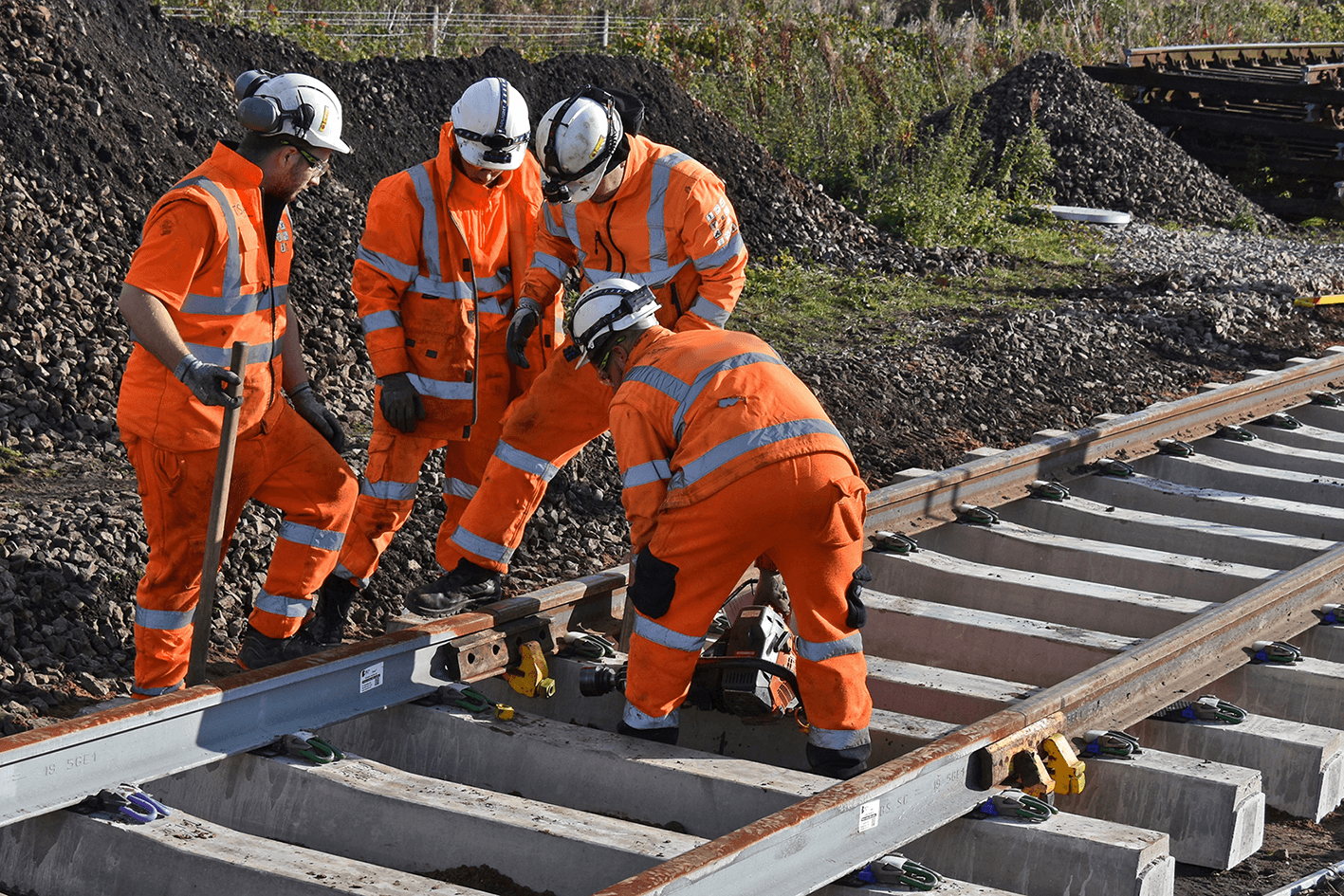The Comprehensive Guide to Counterbalanced Forklift Truck Training
Welcome to Training Lives’ in-depth guide on counterbalanced forklift truck training, a crucial element for anyone aspiring to become a proficient forklift operator. In this guide, we delve into the essential aspects of training, ensuring you have the knowledge and skills to operate these vehicles safely and efficiently.
Understanding Counterbalanced Forklifts
Counterbalanced forklifts, the most common type of forklift truck, feature two forks at the front for lifting and transporting materials. Their design includes a counterweight at the back, balancing the loads picked up at the front. These versatile machines are suitable for a variety of tasks, from warehouse operations to construction site material handling. Powered by gas, diesel, or electricity, they cater to diverse job requirements and environments.
Training Essentials
Safety First
Safety is paramount when operating any heavy machinery, especially forklifts. Understanding how to avoid potential hazards, such as tip-overs and collisions, is crucial. Training encompasses learning the dynamics of balance, the significance of pre-operation inspections, and adherence to safety protocols.
Theory and Practice
Forklift training is a blend of theoretical knowledge and practical experience. It covers manufacturer guidelines, forklift anatomy, operational techniques, and best practices. Theoretical sessions are complemented by hands-on activities, enabling trainees to familiarize themselves with forklift components and functions.
Legal Requirements
In the UK, obtaining a forklift license is mandatory for operators. The license certifies that the operator has undergone the necessary training for the specific type of forklift they will operate. It’s essential to understand that licenses are specific to forklift types, underscoring the need for targeted training.
Certification and Assessment
Upon completing the training, participants undergo assessments, both theoretical and practical. Success in these assessments leads to certification, which is typically valid for three years. This certification is a testament to the operator’s capability to handle counterbalanced forklifts safely and competently.
Choosing the Right Training Provider
Selecting a reputable training provider is crucial. Look for trainers with a track record of excellence, accreditations, and a comprehensive curriculum that aligns with industry standards and legal requirements. Training Lives is committed to offering top-tier training programs, ensuring our trainees are well-prepared for their roles as forklift operators.
Conclusion
Embarking on counterbalanced forklift training is a significant step toward a competent and safe working environment. It equips operators with the necessary skills and knowledge to perform their duties effectively, contributing to overall workplace safety and productivity. Whether you’re a novice or seeking to refresh your skills, quality training is the foundation of proficient forklift operation.
For more information or to enroll, visit our counterbalanced forklift truck training courses, visit Training Lives.
Latest news, how to guides and more
Safety Protocols for Industrial Forklift Operations
Safety Protocols for Industrial Forklift Operations Ensuring safety during forklift operations is critical in any industrial setting. With a combination of best practices, adherence to regulations, and proper training, forklift-related accidents, which are often...
Mastering the Industrial Counterbalanced Forklift
The Art of Precision: Mastering the Industrial Counterbalanced Forklift Welcome to the latest blog post from Training Lives, where we delve into the essential world of industrial counterbalanced forklifts. A staple in the logistics and warehouse sectors, mastering...
Mastering the Art of Forklift Operations
Mastering the Art of Forklift Operations: Why NPORS N001 is Essential In the dynamic world of industrial and construction environments, mastering forklift operations is not just about enhancing efficiency—it's about ensuring safety and compliance with industry...

